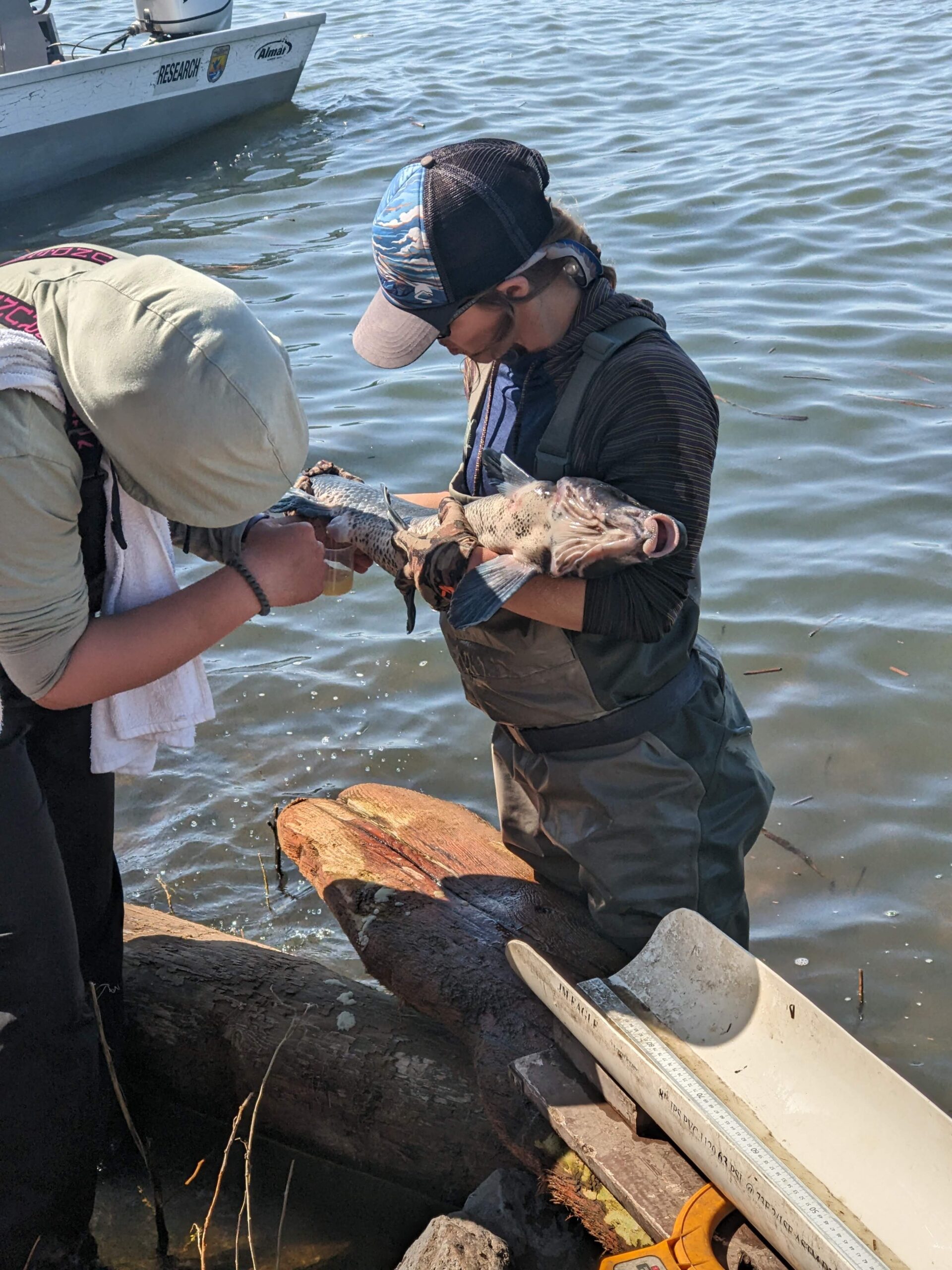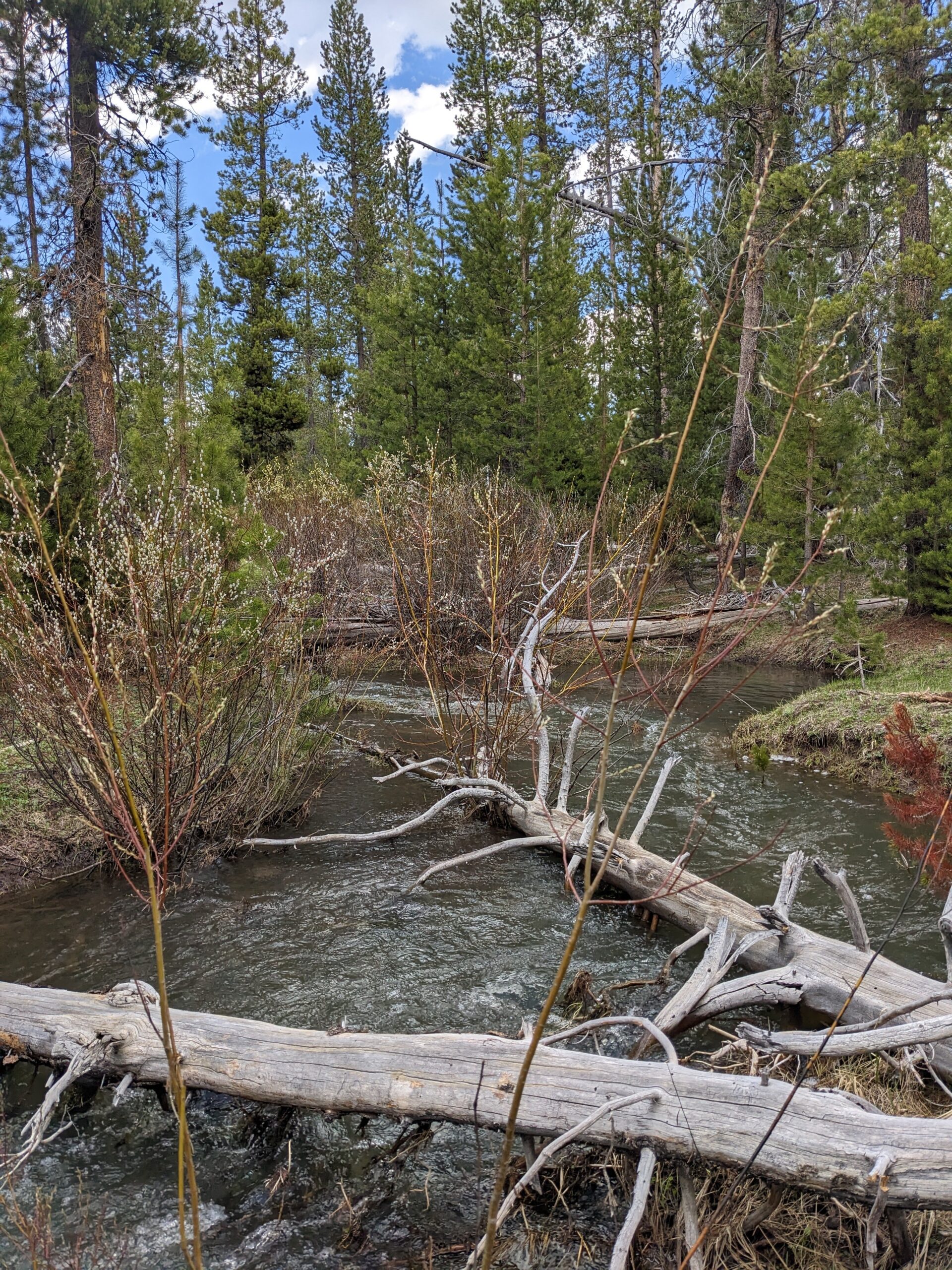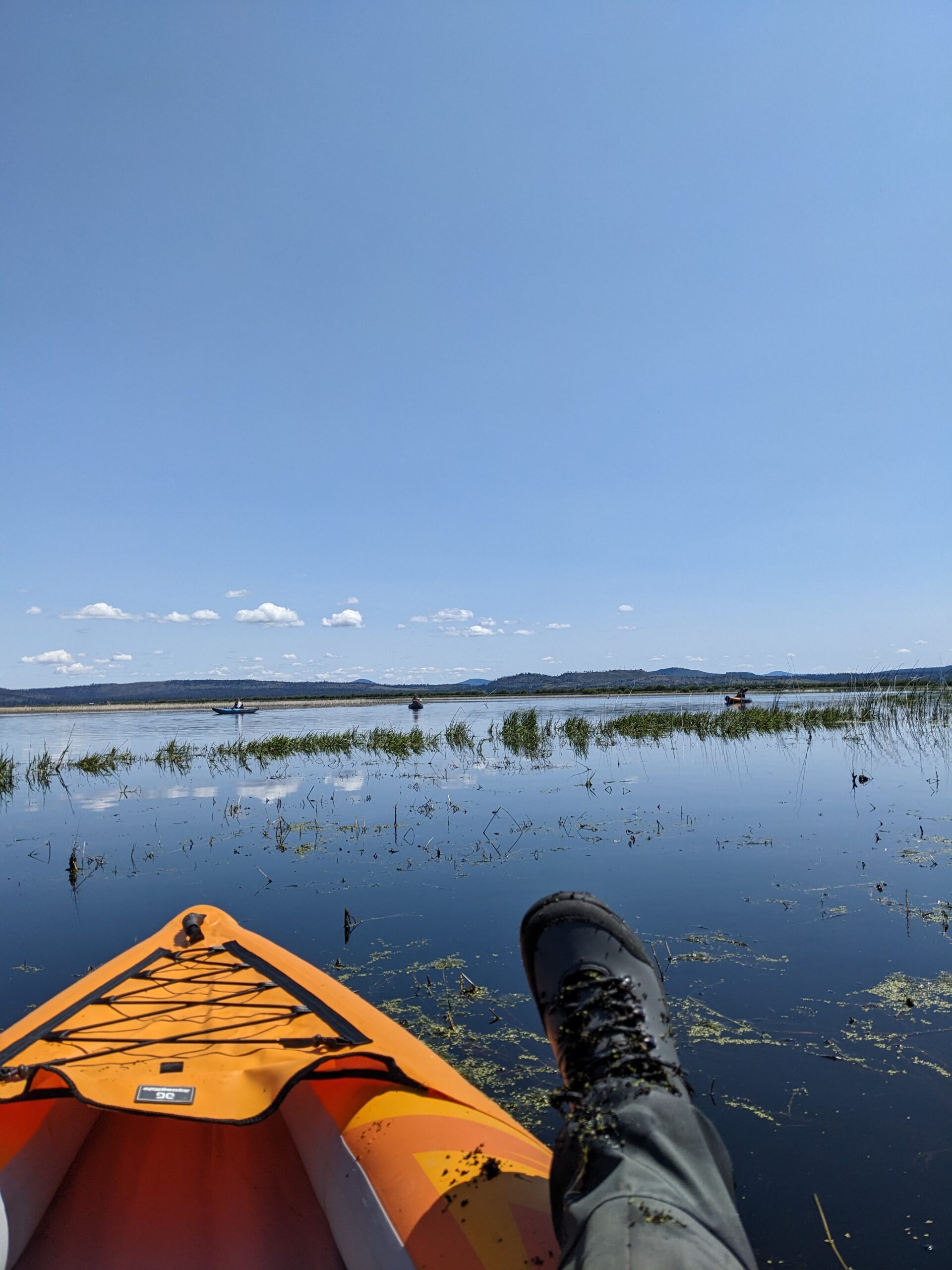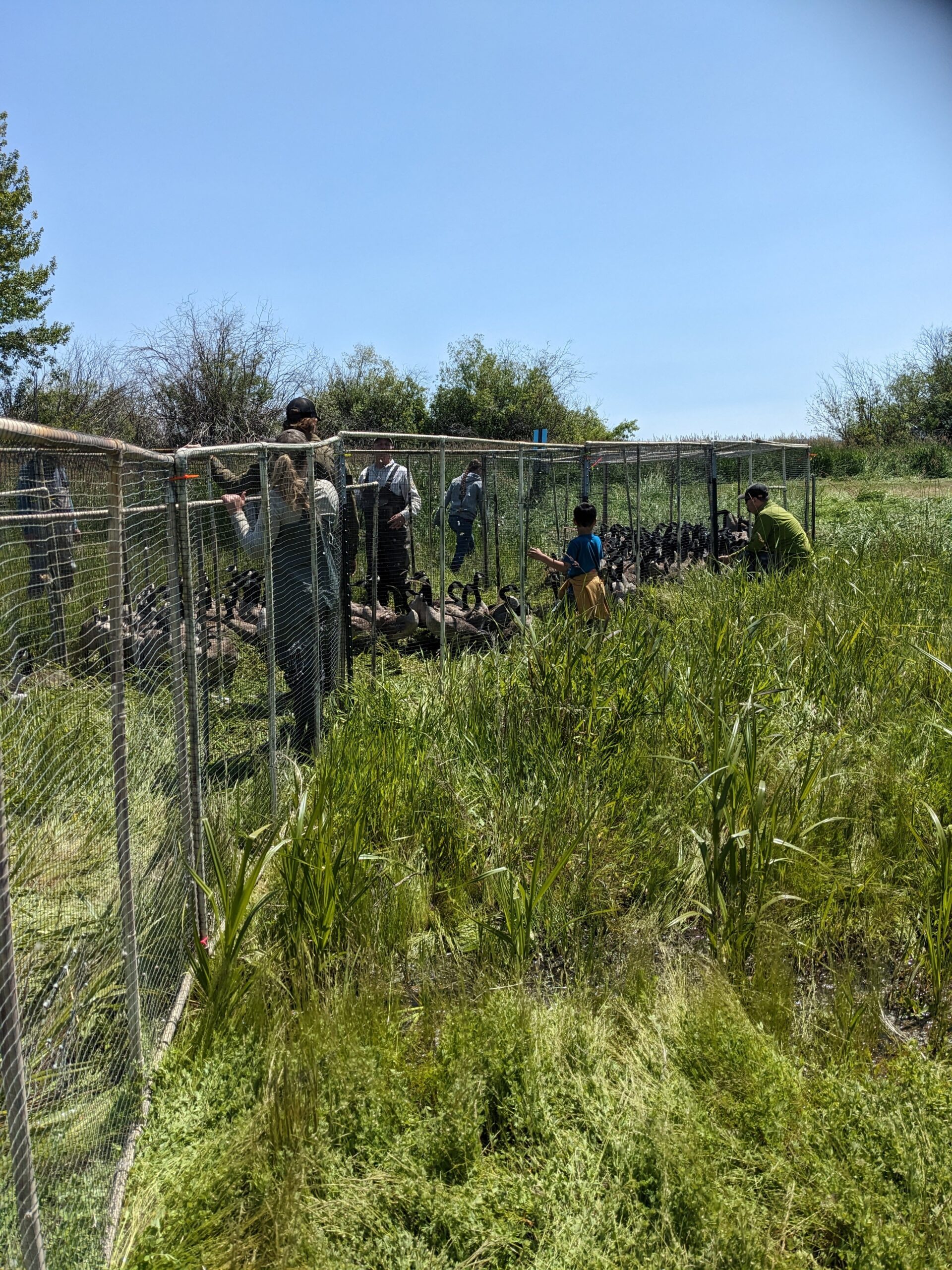I started my CLM internship in April and have seen and done many exciting things. For my first week, I helped out with the telemetry crew. We took the boat out on Upper Klamath Lake, checked on some telemetry stations, and set up a few new stations. It was interesting to see how the stations were set up. On Friday of the first week, I helped the hatchery crew spawn the large adult Lost River Suckers. This was pretty cool to see after USGS netted the gathered the suckers; we grabbed four male suckers and got some milt from them, then we grabbed some females and got the eggs. We mixed the milt and eggs and then mixed them with a feather before we stored them on dry ice till they go to the hatchery.



The next week I went to the hatchery, helped check the eggs, and cleaned some tanks. Then went out to do some electrofishing. The creek was turbid and fast-moving as a result, we only got to remove a few brook trout.

We went to the Klamath Marsh at night the next week to conduct Western Yellow Rail surveys. Even though it was cold, this was a lot of fun; we went out in the marsh with waders and used a Bluetooth speaker to call them in; once they flew near, we netted them. We placed a band on them, plucked some feathers for DNA analysis, measured wing length, and weighed them.
The next week I did a mixture of electrofishing and the hatchery. Then I was at the hatchery for three weeks. The hatchery has its good times, like when we collected larvae from the Williams River and visited the net pond in Upper Klamath Lake, but there are times that at a little mundane when weed eating, cleaning tanks, or counting hundreds of tiny larva fish.
We got to help the refuge team band some geese. This was a pretty unique event as it started with airboats rounding up the geese and us on kayaks pushing the geese into the pens. I have rounded up cattle in the past, and rounding up geese was not much different. Once we got them in the pens, it was time to catch them to place the bands. After catching one, you tuck their head under their wing and hand them to the next person like a football. It was a good time with only a few scratches and two bites.
So far, this experience has been great. I have met a lot of great people and gained lots of experience.


